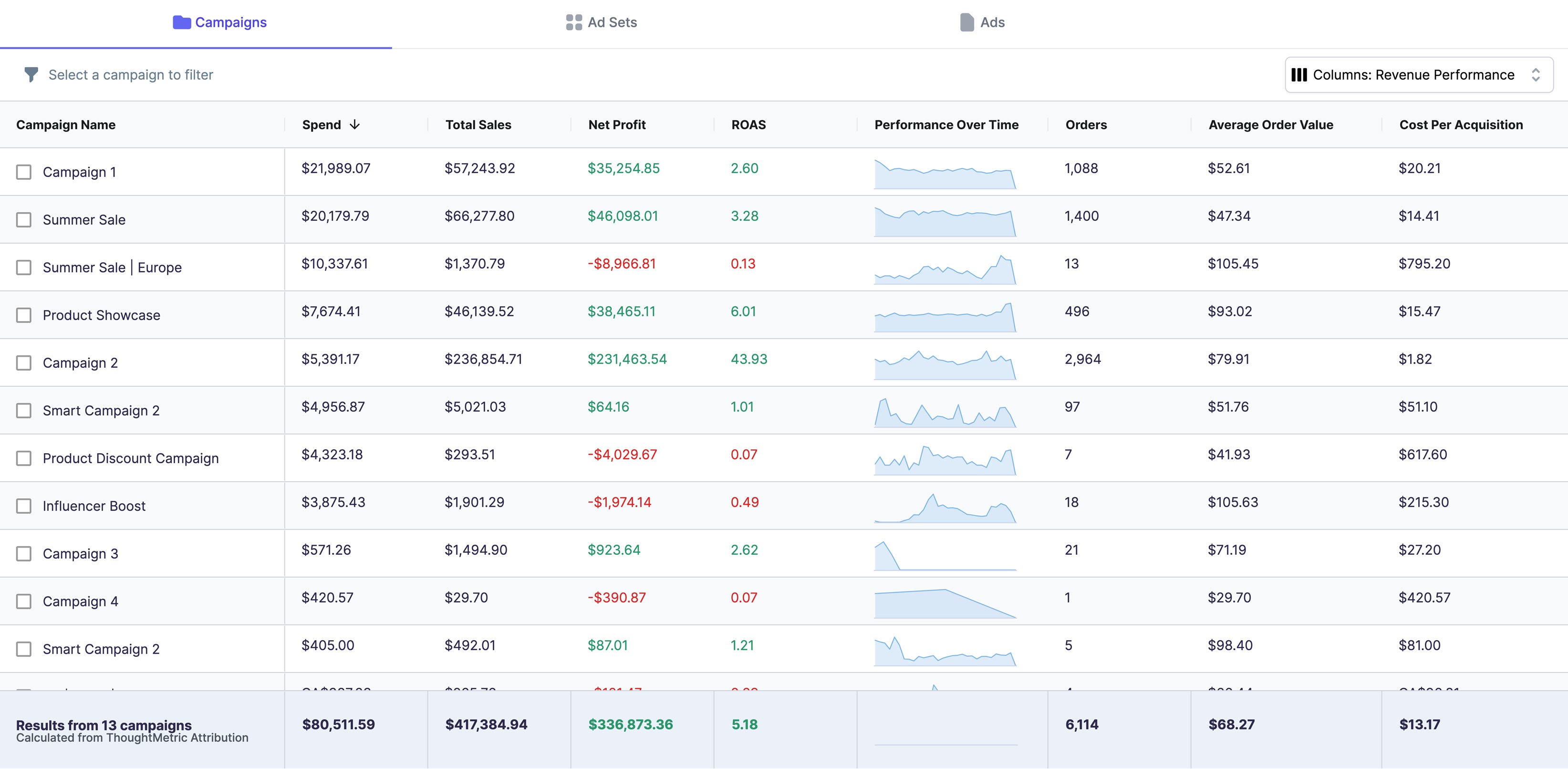I remember when I was 22 years old, sitting in a tiny conference room at my first job out of college, when my manager introduced me to something called UTM parameters. His explanation was simple and easy to understand (even to 22-year-old me, the entry-level marketer).
Have you ever wondered why certain URLs seem extra long? A lot of the time, it is because UTM parameters have been added to the link.
UTM links are just a way to track where your marketing traffic is coming from. That’s it. It’s not coding. It’s not complicated. It’s simply adding a few words to the end of your URL to make sure you can measure how your campaigns are performing. If you’ve been intimidated by UTM parameters before, don't worry — this is one of the easiest tools you can add to your marketing skill set.
What Does UTM Stand For? (UTM Link Definition)
UTM stands for
Urchin Tracking Module. It’s a fancy name for a simple system. UTM parameters are little snippets of text you can add to a URL that tell an analytics tool where your traffic is coming from and why. Every UTM link includes specific tags like
source,
medium, and
campaign that break down the details behind each click. With UTMs, you can finally answer questions like:
- Which ad drove the most traffic and conversions?
- Which email campaign led to the most purchases?
- Which social post actually moved the needle?
If you're investing time or money into marketing, UTM tracking links are non-negotiable. They give you clean, reliable data that shows you exactly what’s working, and what’s not.
How to Create UTM Links (Step-by-Step Guide)
Creating a UTM link is simple. Here’s how you do it manually:
-
Start with your base URL the page you want people to land on.
-
Add a question mark to the end of the URL.
-
Add your UTM parameters after the question mark, using key-value pairs. Each pair should be separated by an ampersand (&).
Example:
https://www.example.com/?utm_source=facebook&utm_medium=social&utm_campaign=spring_sale
Here’s a quick breakdown of the five UTM parameters you can use:
- utm_source (Where the traffic is coming from — like Facebook, Google, or newsletter)
- utm_medium (The marketing medium — like email, CPC, banner ad, or organic social)
- utm_campaign (The campaign name — like spring_sale, product_launch, etc.)
- utm_term (Optional — used for paid search keywords)
- utm_content (Optional — used to differentiate ads or links that point to the same URL)
Pro Tip: Use a Free UTM Link Generator
Admittedly, this is the route I always take. If you don't want to build UTMs manually, you can use a free tool like the Google Campaign URL Builder. Just fill in the fields, and it will create the complete UTM link for you. Easy. ChatGPT can help with this as well.
Best Practices for UTM Naming Conventions (Avoid a Mess!)
When you start using UTM tracking links across multiple campaigns, keeping things clean and consistent becomes crucial. Here’s how to set yourself up for success:
-
Be consistent with case: Decide if you’ll use lowercase or CamelCase, and stick to it. Google Analytics treats "Facebook" and "facebook" as two different sources.
-
Use hyphens, not underscores: Hyphens are easier to read.
-
Keep it simple and clear: No crazy abbreviations unless your whole team understands them.
-
Document everything: Use a spreadsheet to keep track of your UTM parameters. Trust me, future-you will thank you.
How ThoughtMetric Uses UTM Parameters for Smarter Attribution
At ThoughtMetric, we take UTM tracking to the next level. Our platform automatically captures UTM parameters from your marketing links to give you crystal-clear attribution reporting. Whether you’re running paid ads, social campaigns, influencer partnerships, or email newsletters, ThoughtMetric makes sure you know exactly which channels are driving sales — without the guesswork.
Our goal is simple: Make marketing attribution as easy and accurate as possible, so you can scale what’s working and cut what’s not. UTM tracking is just one of the many tools we use to give marketers real clarity into their performance.
Start Tracking Smarter. Try ThoughtMetric Free
Ready to see exactly where your customers are coming from?
Start your free trial of ThoughtMetric today and finally get the real story behind your marketing data.
Start Your Free Trial Here.





